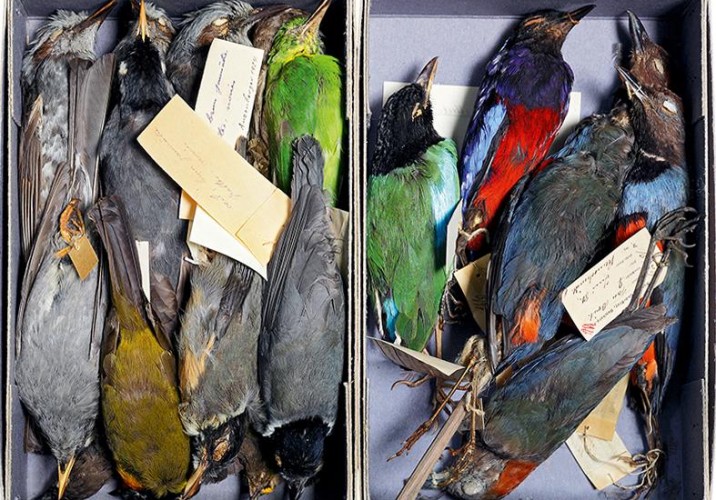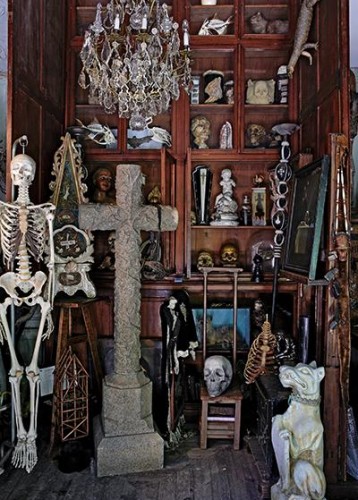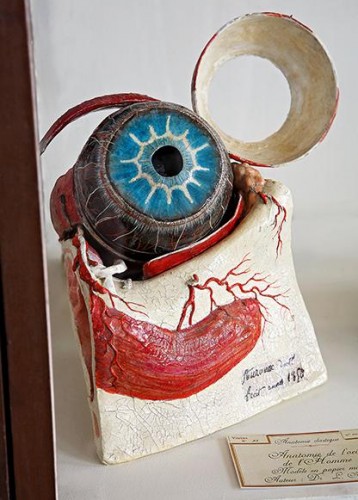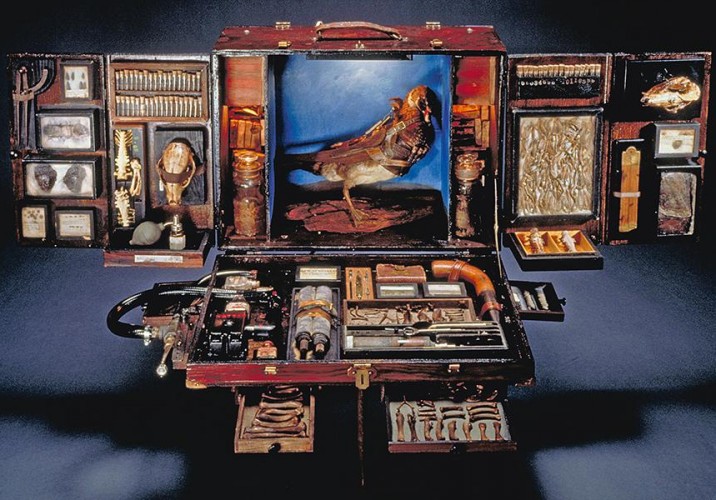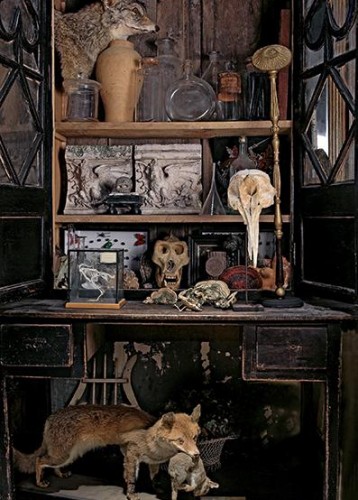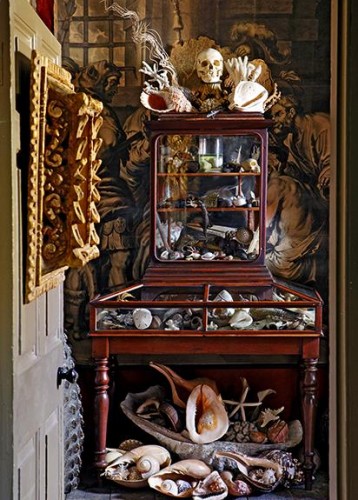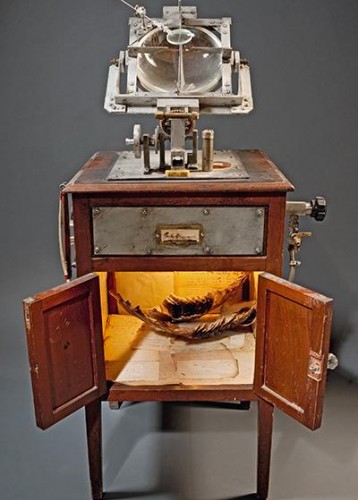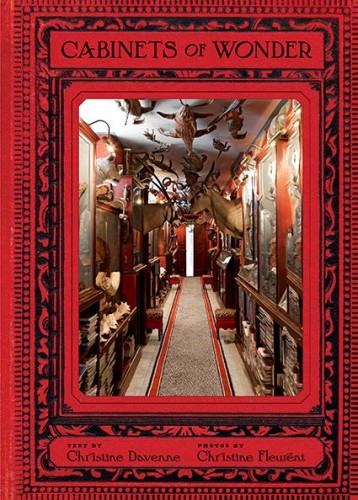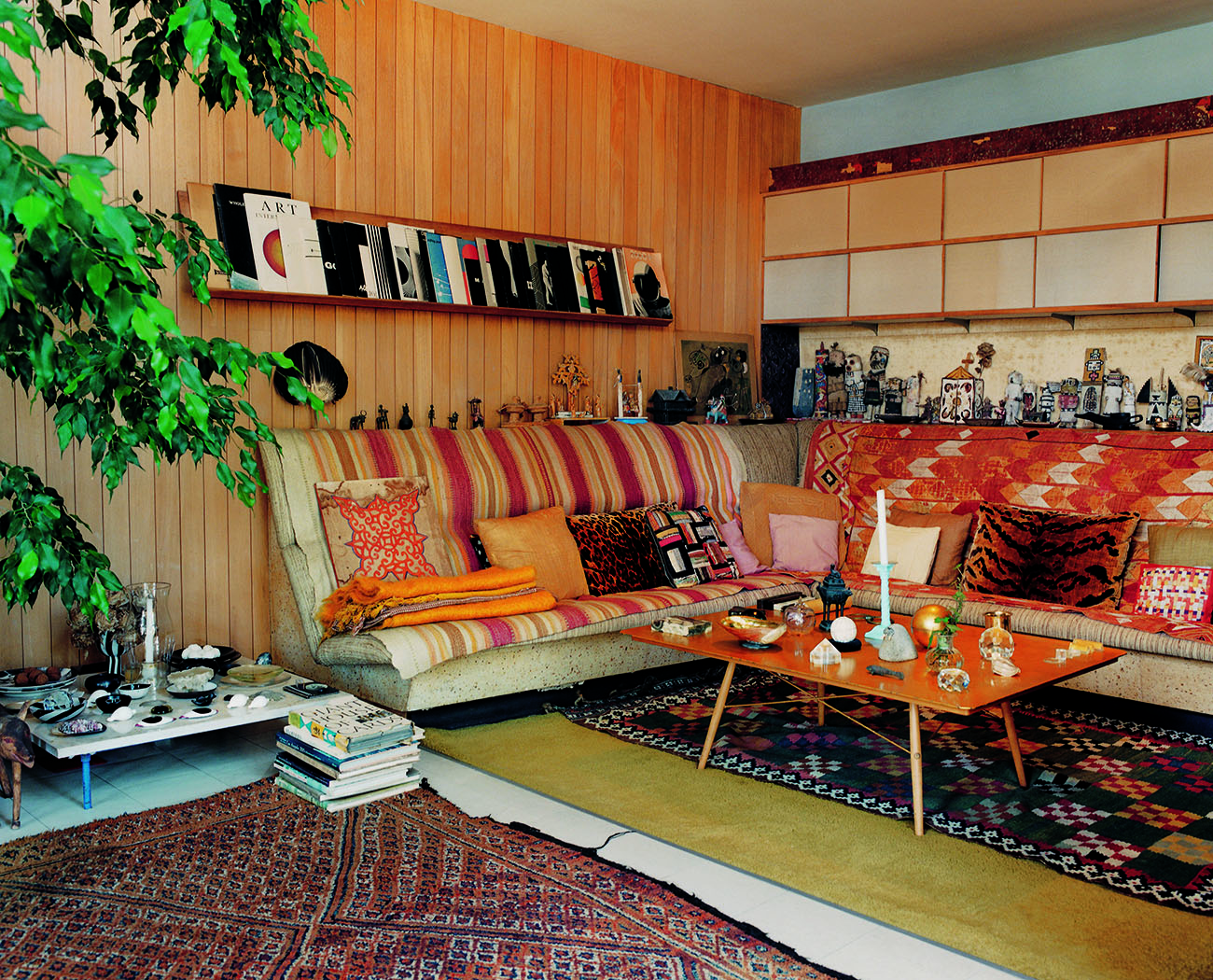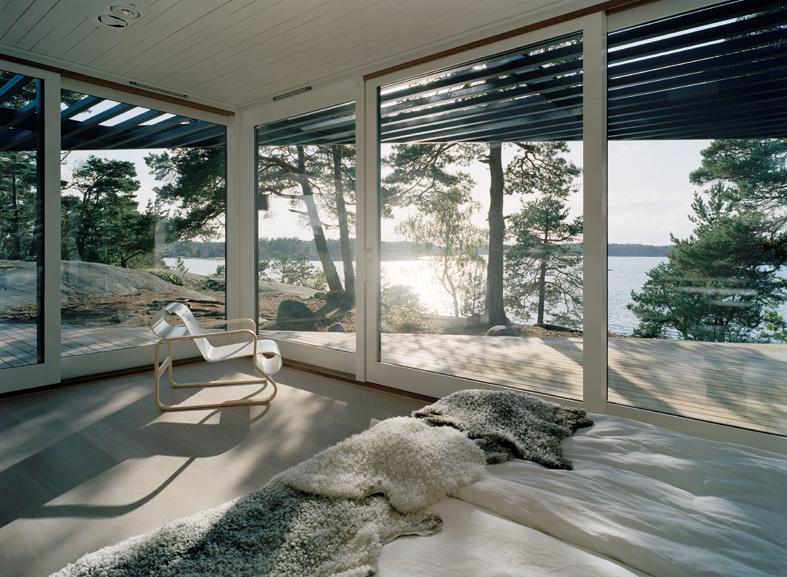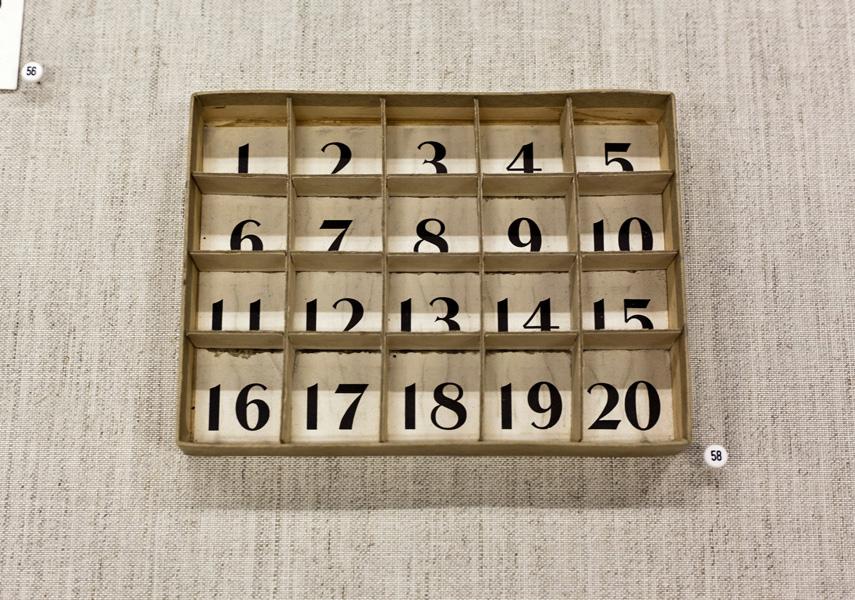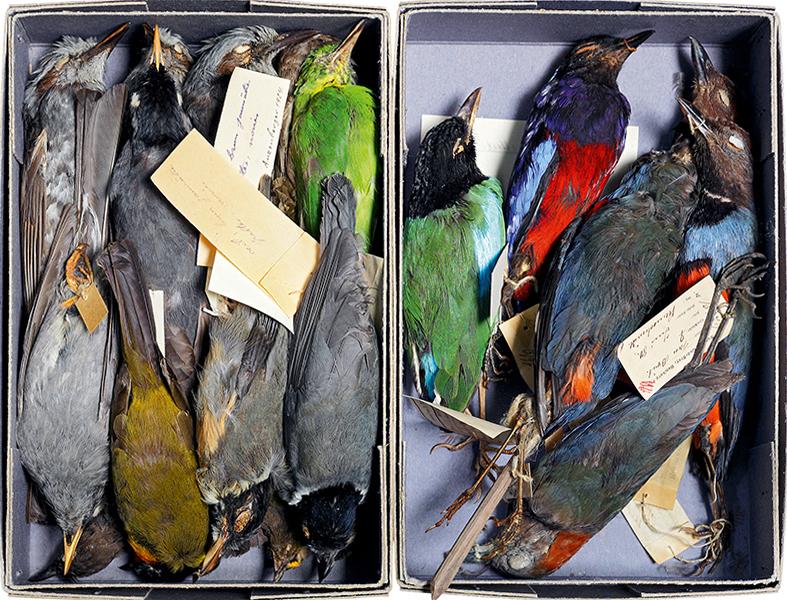
10.16.12
Excerpt: Book
Cabinets of Wonder
Back in 2006, when Freeman’s opened in New York and Jason Miller’s Antler chandelier was selling like hotcakes at The Future Perfect in Williamsburg (it probably still is), that whole taxidermy thing hit hard — stuffed deer heads suddenly becoming the de facto symbol for a style movement dedicated to the return to nature, the embracing of all things old-fashioned, and in many cases, the compulsion to dress like a bearded woodsman. Six years later, some of the less meaningful elements of that trend have subsided, while its obsession with authenticity and craftsmanship have, thankfully, hung on strong. We would also argue for the longevity of another development that arose around that time but strikes us as evergreen: the fascination with curiosities, and cabinets of curiosity, that may have hit its modern fever pitch recently but seems somehow endemic to the human psyche. We are by nature collectors, prone to hunting, preserving, and displaying our treasures both for our own amusement and to impress others. And most of us, too, have a dark side — the kind that can’t help but find beauty in bones, bugs, and dead things, provided they’re presented to us in the right context. That’s why we felt so compelled to share with our readers the contents of a new book out on Abrams this month called Cabinets of Wonder, which is a full-color romp through the world of natural oddities, memento mori, and other dark artifacts.
Written by Christine Davenne and photographed by Christine Fleurent, the book follows the development of cabinets of curiosity from their origins in the museum world in the 16th century to their influence on the Surrealists in the 20th, not to mention all the contemporary artists and collectors who are still inspired to create “inventories of the world by assembling objects encyclopedically.” It also makes a distinction between cabinets filled with “exoticae” — bizarre, otherworldly objects and creatures meant to disturb and titillate, like a taxidermy mashup of a pig and a flamingo — and those filled with “scientificae,” whose creepiness factor takes a backseat to their intended role as instruments of learning. And yet ultimately it credits the breakdown in those kinds of distinctions with the rise in popularity of the cabinets themselves. “Why refer to the cabinet of curiosities today?” Davenne writes in the introduction. “Might we do so out of nostalgia for places where eclectic objects were stored, where both medals and mother-of-pearl shone brightly? Perhaps it is the appeal of viewing unusual juxtapositions, as evoked by the self-styled Comte de Lautréamont in his long surrealistic poem Les chants de Maldoror: ‘The chance encounter of a sewing machine and an umbrella on a dissecting table.’ Or does invoking it somehow help protect us from modern-day mutations?
“The return of the cabinet of curiosities may express a desire to build connections between past and present and between collectors and artists. Formerly, the collector, the arranger of worlds, was not considered an artist but rather an amateur — ‘one who loves,’ according to the etymology. On the other hand, artists ever since the Renaissance identified themselves as creators of works ex nihilo, or ‘out of nothing.’ Today, we are witnessing a dilution of borders: The curator and the artist are combining their missions, the former proposing organizing principles, and the latter depending on the museum to legitimize his work. In addition, the current cross-fertilization of artistic practices brings together a variety of objects and techniques to create installations clearly emancipated from the classic categories of painting, sculpture, and architecture. This desegregation of the borders between decorative and visual arts, European and non-European arts, collectors and artists also existed in another era: the Renaissance, in the cabinet of curiosities — and its return to the fore now is no coincidence.” We here at Sight Unseen couldn’t agree more. Check out this slideshow of our favorite images from Cabinets of Wonder, which we personally selected from the hundreds featured in the book, then click here to get your very own copy.
